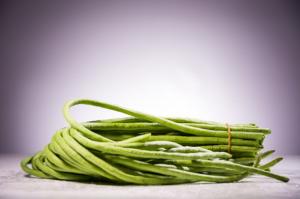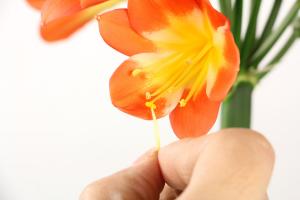How to Bring Potted Plants Indoors
There is nothing like the beauty of potted plants that add a touch of freshness and natural beauty to any living space. Indoor plants have numerous benefits including improving air quality, reducing stress, and boosting moods. However, when the temperature drop in the winter season, it's important to bring your potted plants indoors to protect them from the harsh cold weather. Here’s a guide on how to bring your potted plants indoors:
1. Choose the Right Time
The ideal time to bring your potted plants indoors should be before the temperature falls below 45°F. It's important to note that plants need time to adjust to the indoor environment, and this process can take a few weeks. Gradually acclimate your plants to the lower light levels and indoor temperature by placing them in a partially shaded area first. After a week or two, move them to their final location.
2. Inspect Your Plants
Before you bring your plants indoors, inspect them. Check for any signs of pests, diseases, or wilted leaves. Remove any dead leaves, prune the stems and check the drainage holes. Discard any plants with disease or pests to avoid spreading them to your other plants.
3. Prepare Your Plants for Indoors
Taking care of indoor plants is not much different from the care of outdoor plants. However, indoor plants need different amounts of light and water than outdoor plants. Adjust the watering frequency and amount based on the drying rate of the soil. Also, make sure you are using the right soil mix for your plants as potted plants require good soil drainage.
4. Find the Right Spot
Find a spot in your home that gets the right amount of light for your plants. Some plants are low-light tolerant and require only a few hours of indirect sunlight, while others need around six hours of direct sunlight. Make sure to adjust the temperature and humidity to the optimal range for your plants.
5. Provide Adequate Humidity
Indoor plants prefer a higher humid environment than the average household provides. To increase humidity levels, you can use a humidifier or place a tray of water near your plants. It’s important to avoid placing your plants near drafts or heat sources that can reduce humidity levels.
6. Monitor Your Plants
Monitor your plants regularly to check for any signs of pests, disease, or over/underwatering. Adjust the watering schedule based on their needs and check for any yellowing or brown leaves. Prune any dead stems or leaves to encourage new growth.
Bringing potted plants indoors requires a little bit of preparation and planning, but it is worth it. The beauty and benefits of indoor plants are undeniable. Follow these steps to keep your potted plants happy and healthy all winter long.

 how many times do yo...
how many times do yo... how many planted tre...
how many planted tre... how many pine trees ...
how many pine trees ... how many pecan trees...
how many pecan trees... how many plants comp...
how many plants comp... how many plants can ...
how many plants can ... how many plants and ...
how many plants and ... how many pepper plan...
how many pepper plan...






























